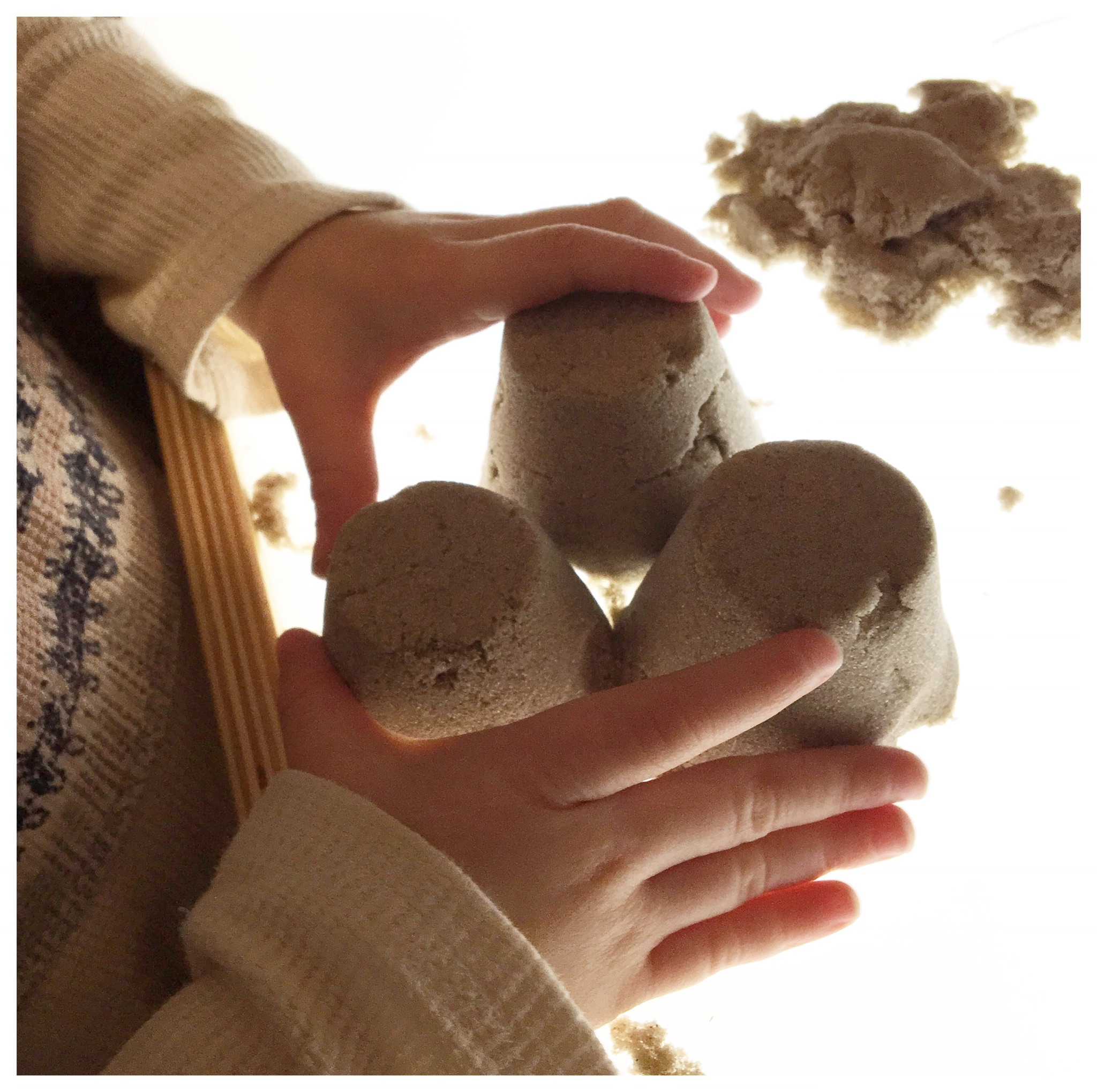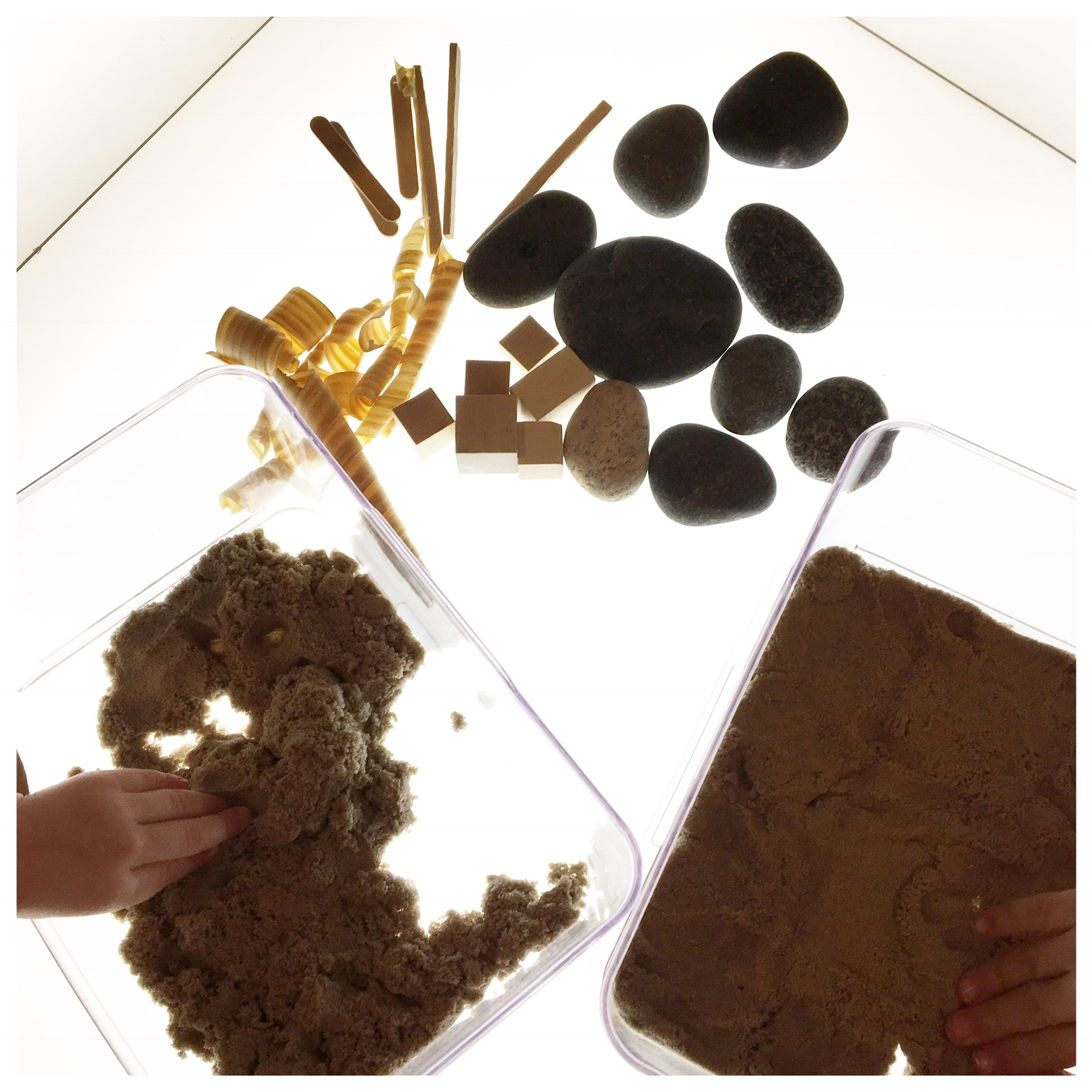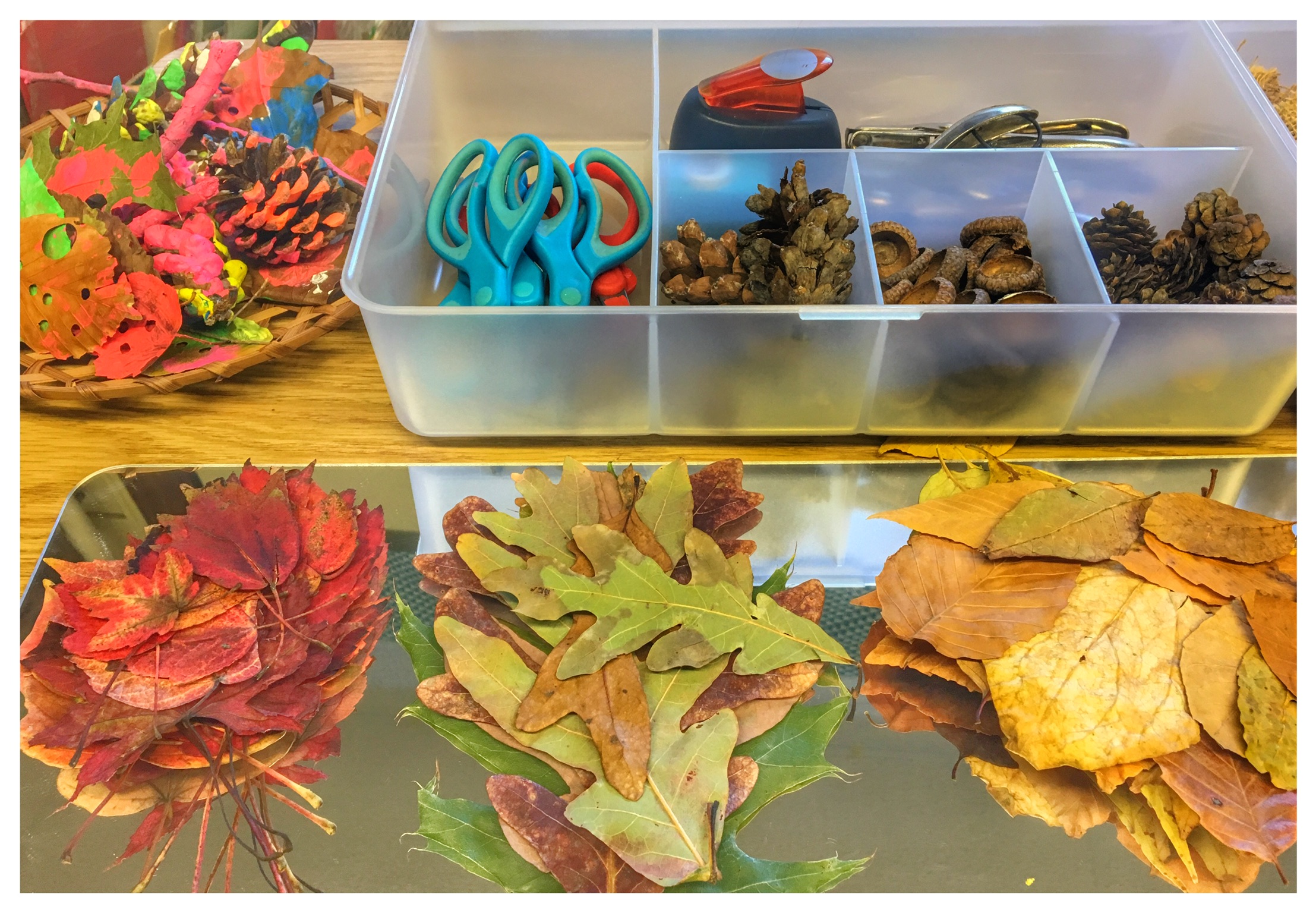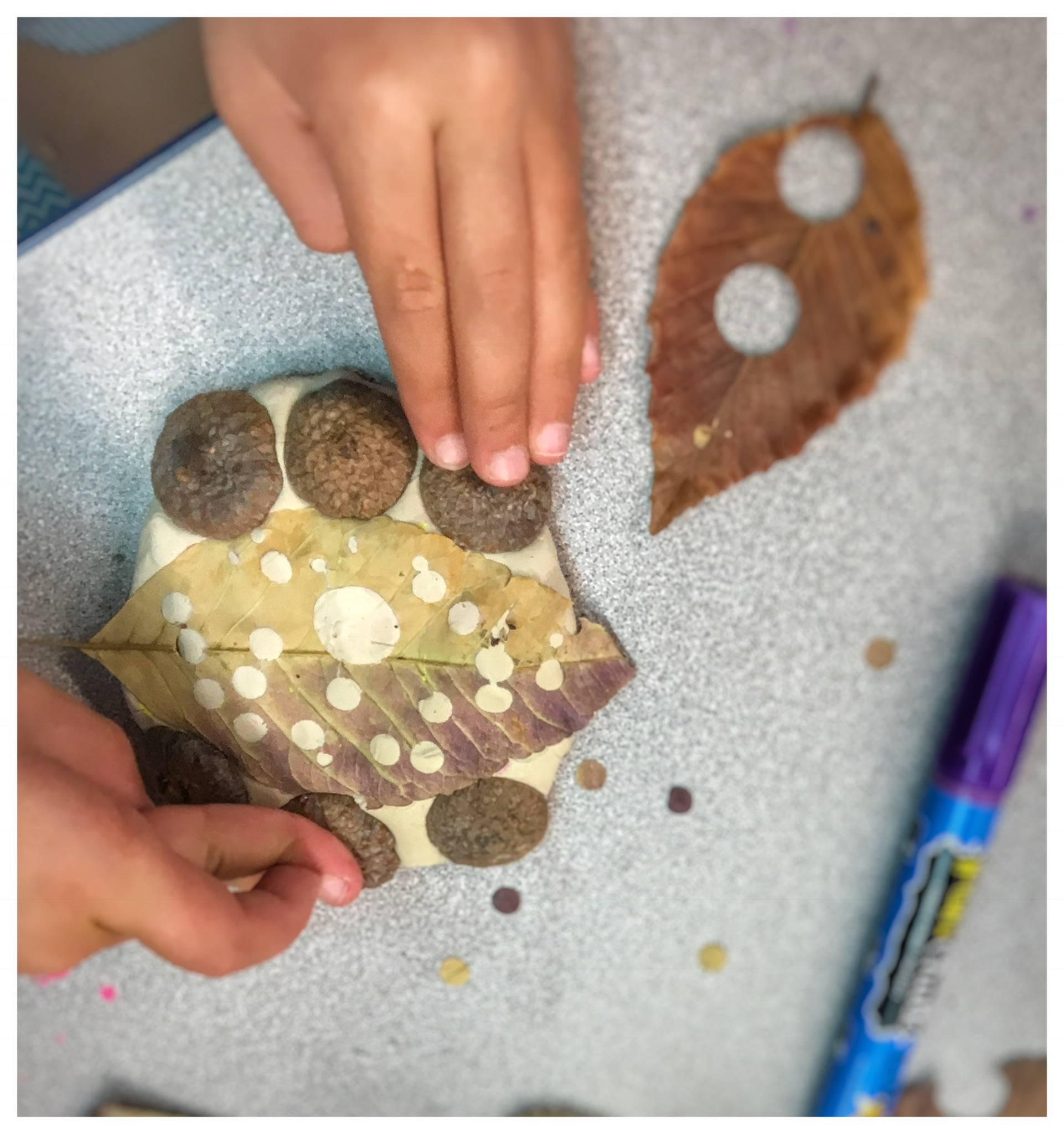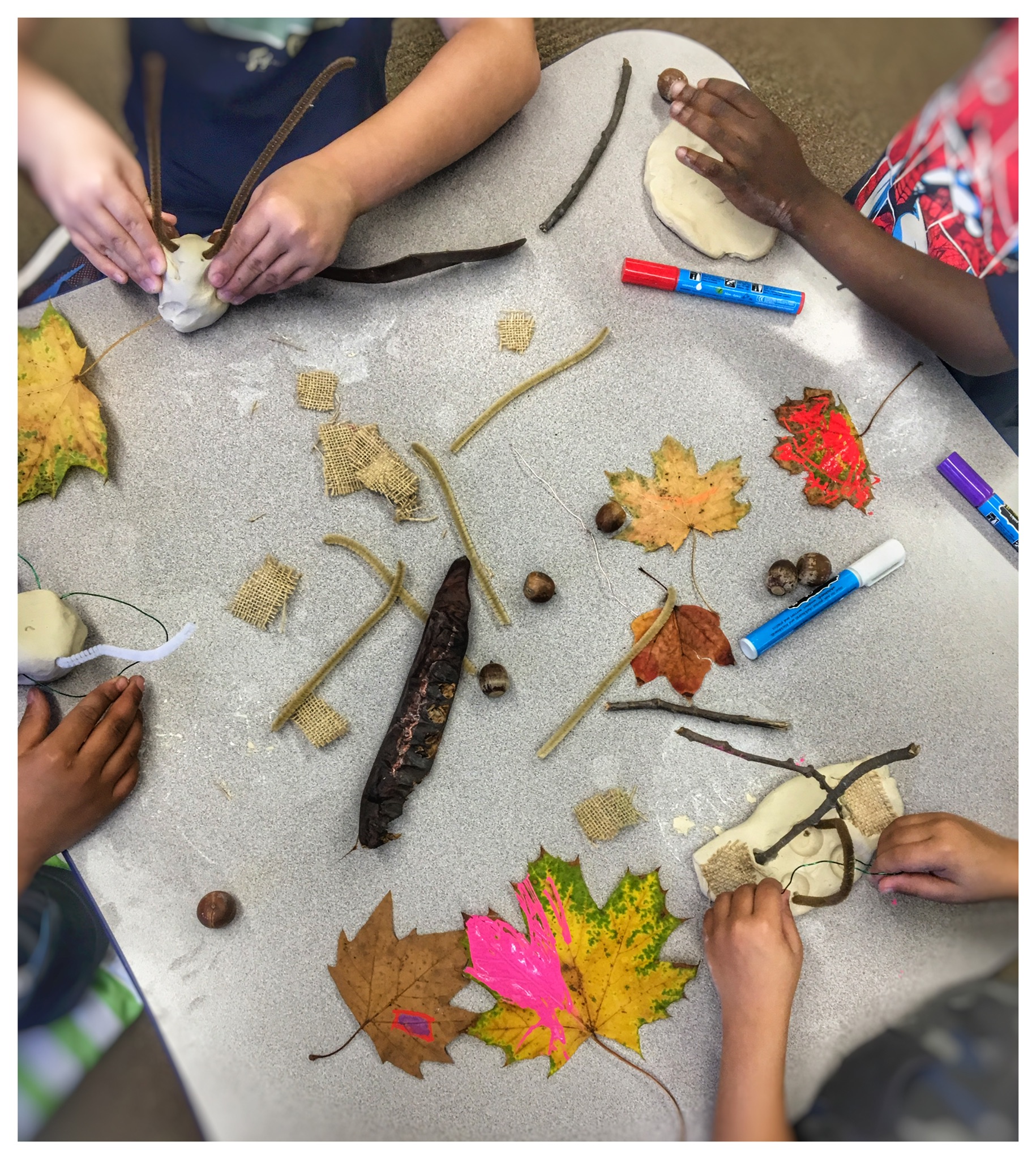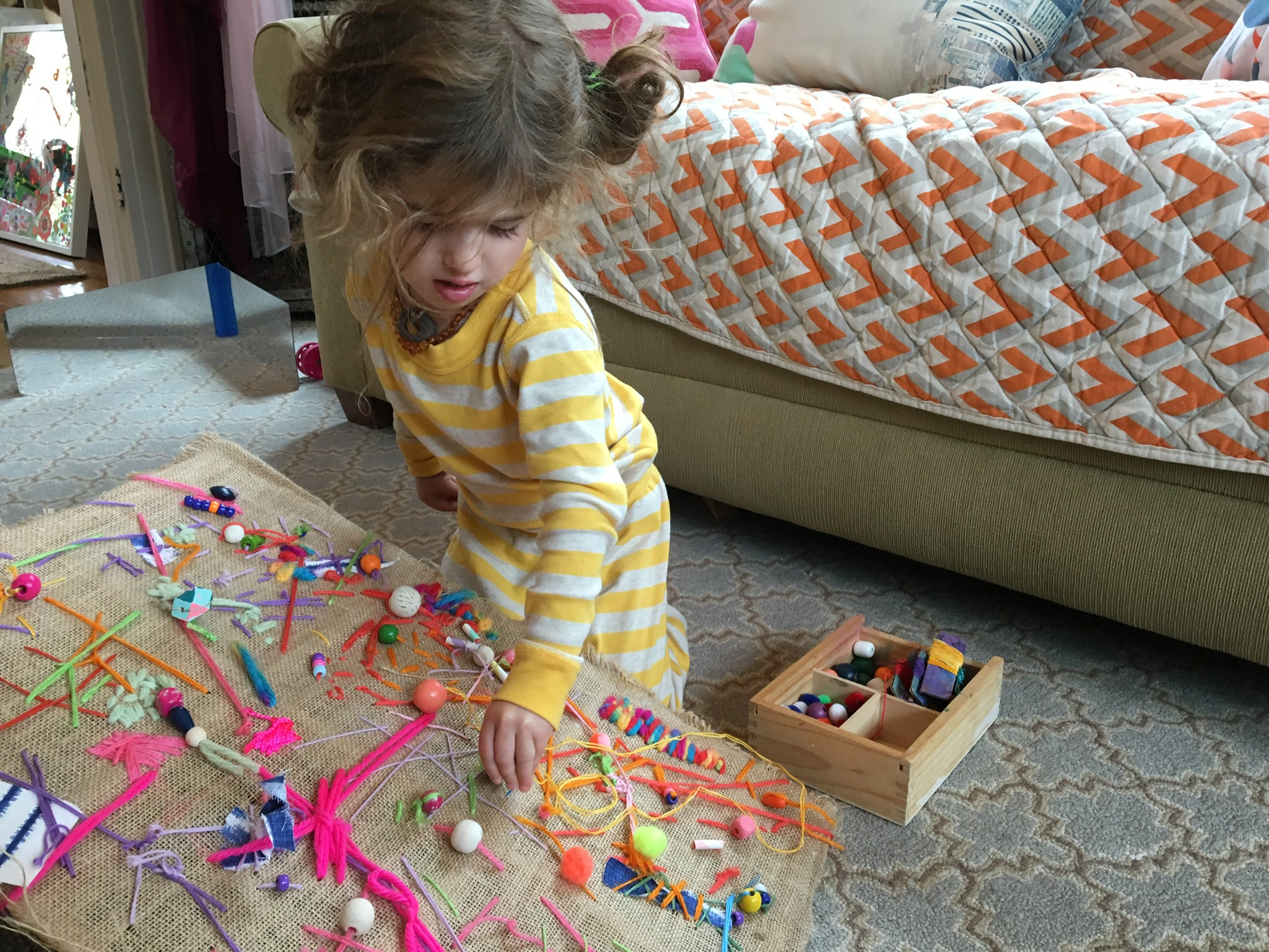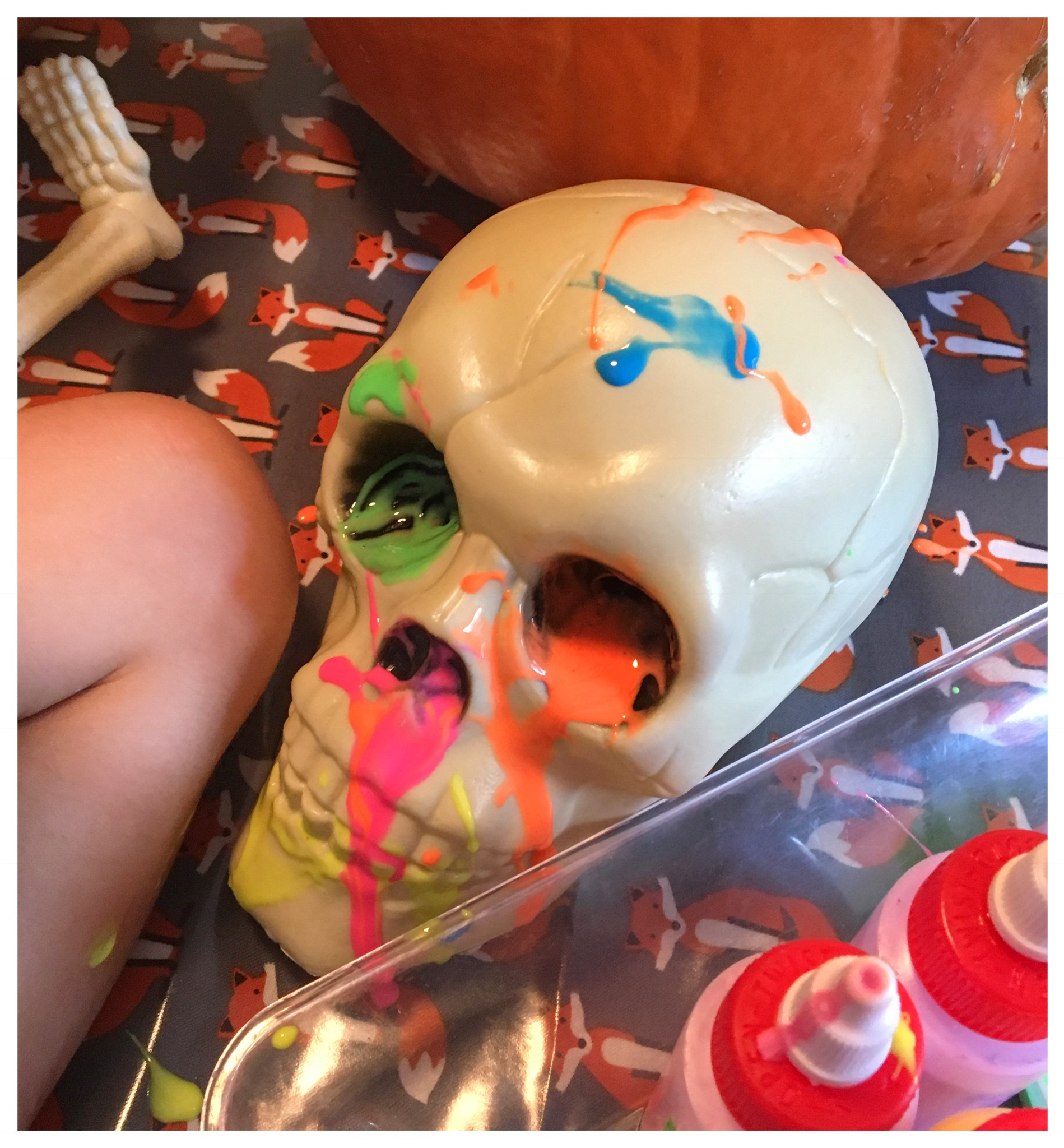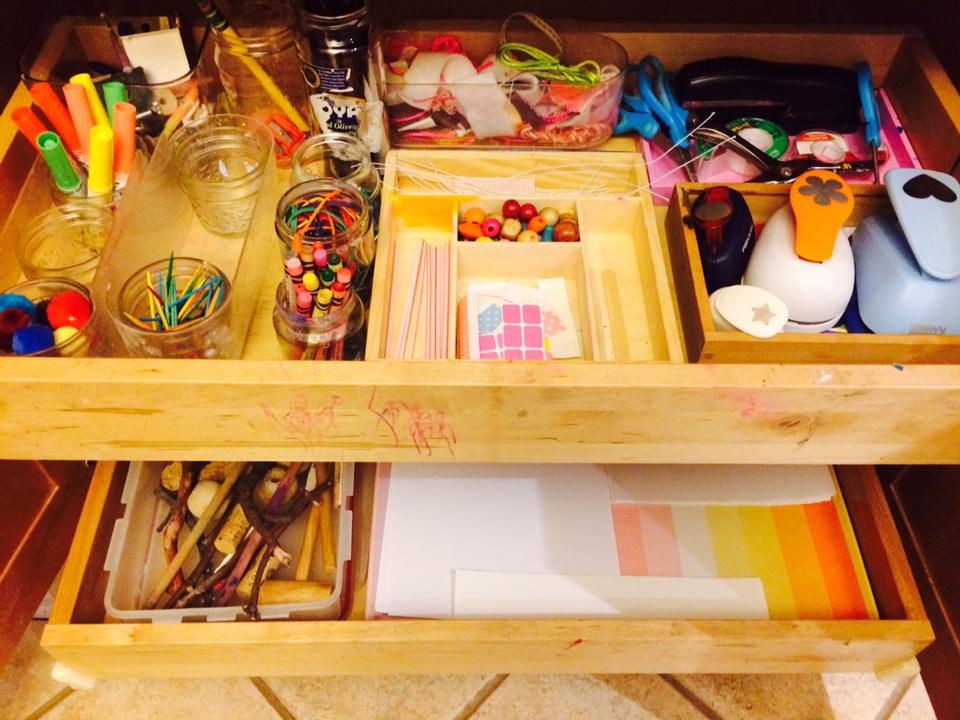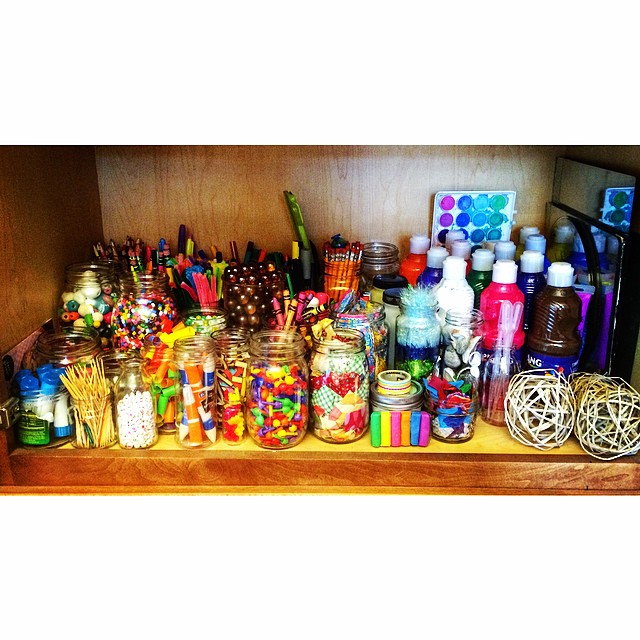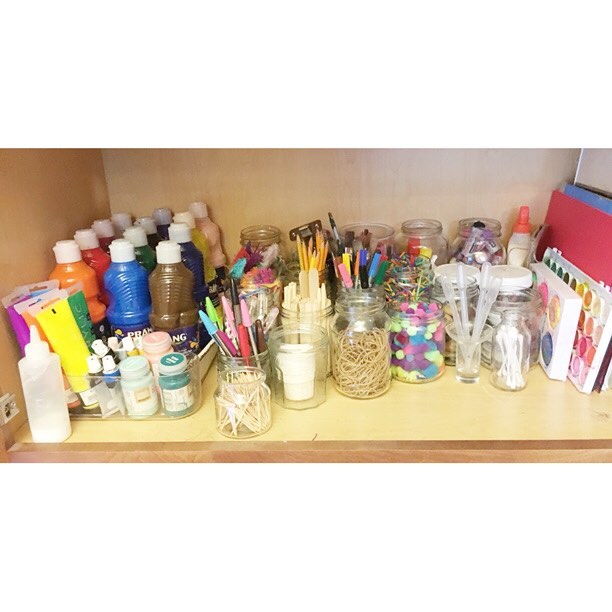Top Ten Children's Books That You and Your Preschooler Will Treasure
/“There are many little ways to enlarge your world. Love of books is the best of all. ”
I spent some time recently wading through our ever-growing collection of children’s books. In honor of World Book Day, I’ve pulled together a list of our favorites. I’ve chosen the ones with beautiful words and pictures, the ones that make me feel nostalgic. I'm attracted to old, well-loved children’s books. Sadly, many of them are out of print. Still, you should be able to find a few old copies running around out there! Here they are, our top ten books, guaranteed that you AND your kids will love them. These are the books that won’t make you want to skip over a few pages and call it a night.
TOP 10 MOST LOVED BOOKS FROM THE WORKSPACE FOR CHILDREN:
Good Night Baby Bear by Frank Asch: A mother’s patient love when her cub can’t fall asleep. This book highlights bed-time struggles that everyone has dealt with. The language and the pictures are breathtaking.
Thunderstorm by Mary Szilagyi: Hands down, the MOST comforting book about storms I’ve ever read. The language is simple and the pictures are expressive. I could read this book a million times and not get annoyed.
When I’m Angry by Jane Aaron: Does your child ever have tantrums? I thought so. You need this book. Every young child can relate. It is told from a child’s perspective. Goes through the range of feelings about anger. The simple, collaged pictures really fit with the text. This book is perfection.
The Line Up Book by Marisabina Russo:This book reminds me so much of every three year old I know. The little boy makes a line all the way from his room to his mom in the kitchen using toys and found objects. I’ve watched countless children do exactly this. Your child will be delighted to see the little boy complete his task and every parent will understand how mom feels!
Sam by Ann Herbert Scott: A younger sibling who cant do anything right! Everyone can identify with the main character, Sam. We've all been there. A great discussion starter.
You Go Away by Dorothy Corey: A book for the very beginning stages of dealing with separation-anxiety. I love to give this as a one-year-old birthday gift. Simple text and pictures are perfect for the very young.
Sam Who Never Forgets by Eve Rice: A book about zoo animals and empathetic friends. Sure to be a hit with the two to four year old crowd.
Into My Mother’s Arms by Sharon Jennings: Mother and daughter go through their daily routine. Loving and engaging. A great classroom book for the Fall when children are missing their grownup. Great book for cuddling and retelling your day.
Sometimes You Get What You Want by Lisa Brown and Meredith Gary: Simple and straightforward. I love to read this when my stubborn 4yo is getting the best of me. It’s magic.
On Mother’s Lap by Ann Herbert Scott: A graceful tale of big-sibling jealousy. The words and pictures reassure everyone that mother has enough love to go around. I love to give this as ‘big brother/ big sister gift’ when a new baby arrives in a family.
An Egg is an Egg by Nicki Weiss: The most comforting book of all time.
I hope you check out some of our favorites. Please let me know by commenting below if you do.
Thanks for reading along,
Lizzie
*This Post contains affiliate links. Thank you for your support.
“It’s light fell on the snow like warm honey”



